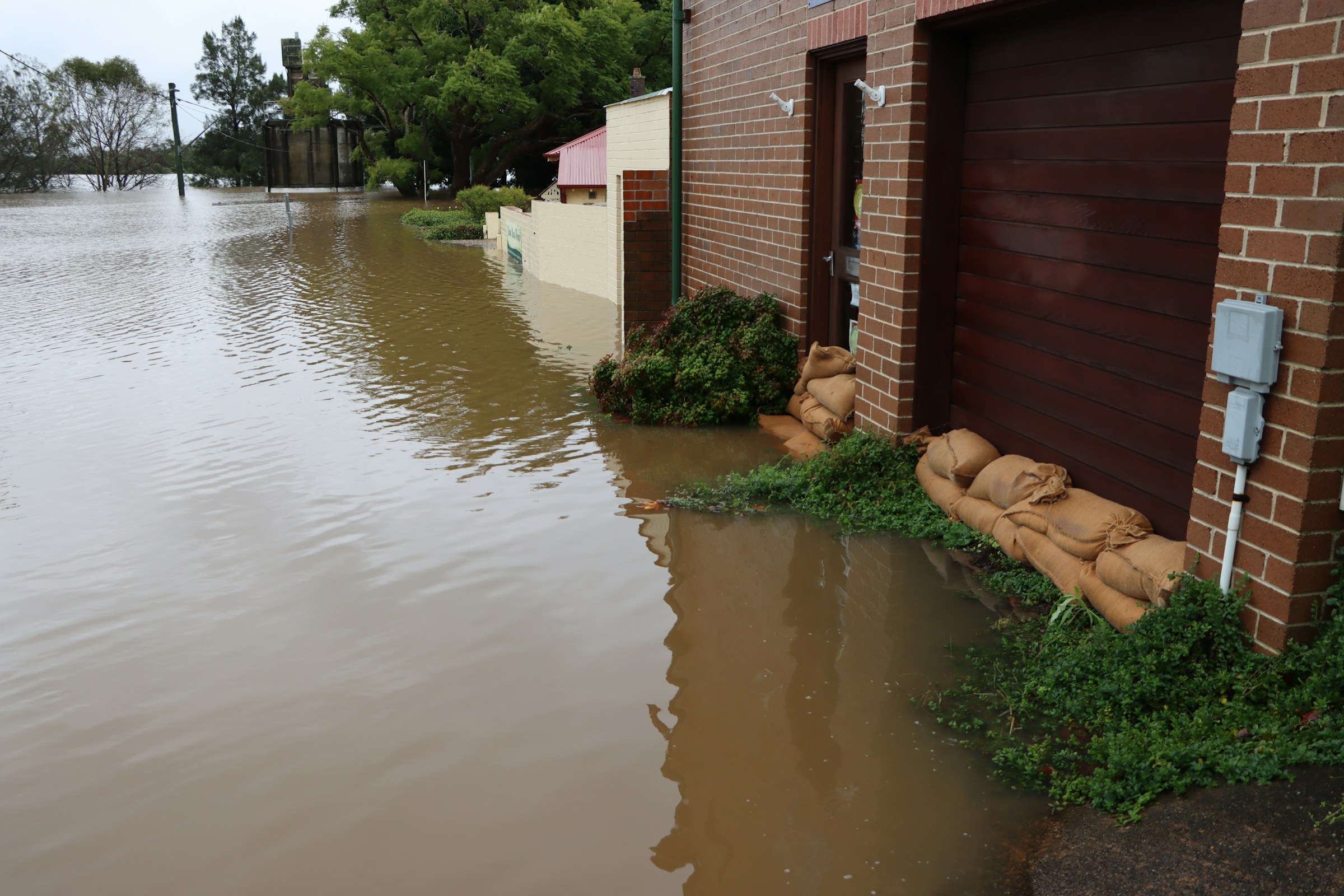Effective Methods for Roof Water Leaks Repair Solutions
Taking care of a home involves ensuring that every aspect is in good shape, especially the roof. When leaks occur, it can lead to further damage if not addressed promptly. Understanding the methods for effective roof water leak repair can save time, money, and stress in the long run.The first step in addressing a water leak is to accurately identify where it’s coming from. While it may seem straightforward, leaks can often be deceptive. Water might seep in far away from where the leak actually originates, making it crucial to inspect every potential entry point. Checking seals around vents, chimneys, and skylights is a good start. Often, worn or missing shingles can also contribute to leaks. By carefully examining the roof from both the inside (in the attic) and the outside, homeowners can more effectively pinpoint the source. This can be a great opportunity to take note of any other issues that may need attention, ensuring that a comprehensive approach is taken.

Water leaks through roofing systems represent one of the most common and potentially destructive problems homeowners face. These issues can escalate quickly, causing damage to insulation, drywall, flooring, and personal belongings while creating conditions favorable for mold and mildew growth. Addressing roof leaks promptly with appropriate repair methods helps minimize damage and protects your investment in your property.
Temporary Fixes for Immediate Problems
When roof leaks occur during storms or outside normal business hours, immediate temporary solutions can prevent further water damage until permanent repairs are possible. Emergency tarping provides effective short-term protection by covering damaged areas with heavy-duty plastic sheeting or specialized roof tarps. Secure tarps with sandbags or weighted materials rather than nails, which can create additional punctures.
Roof sealants and patching compounds offer quick fixes for small holes or cracks. Apply these materials during dry conditions for optimal adhesion. Roofing cement works well for temporary sealing around flashing, vents, and small penetrations. However, these emergency measures should never replace proper professional repairs, as they typically last only weeks or months depending on weather exposure.
Choosing the Right Repair Materials
Selecting appropriate materials for roof leak repairs depends on your roofing system type, climate conditions, and the extent of damage. Asphalt shingles require matching materials in color and composition to maintain weather resistance and aesthetic appeal. Metal roofing systems need specialized sealants and fasteners designed for thermal expansion and contraction.
Flashing materials vary significantly in quality and longevity. Aluminum flashing provides good corrosion resistance for most applications, while copper flashing offers superior durability but at higher cost. Galvanized steel represents a budget-friendly option but may rust over time in humid climates. Synthetic rubber membranes and modified bitumen products work well for flat or low-slope roofing applications.
Professional Inspection and Repair
Professional roofing contractors bring expertise, proper equipment, and safety protocols essential for comprehensive leak repairs. Licensed professionals can identify underlying issues that homeowners might miss, such as damaged decking, inadequate ventilation, or structural problems contributing to water intrusion. They also understand local building codes and permit requirements for major repairs.
Professional repairs typically include thorough damage assessment, proper material selection, and warranty coverage for both labor and materials. Contractors have access to commercial-grade materials and specialized tools for complex repairs involving multiple roof layers or structural modifications. They can also coordinate with insurance companies for storm damage claims and provide documentation required for coverage.
Regular Roof Maintenance and Inspection
Preventive maintenance significantly reduces the likelihood of water leaks and extends roofing system lifespan. Schedule professional inspections annually or after severe weather events to identify potential problems before they become major issues. Clean gutters and downspouts regularly to prevent water backup that can damage roof edges and fascia boards.
Inspect and maintain roof penetrations including vents, chimneys, skylights, and satellite dish installations. These areas commonly develop leaks due to sealant deterioration or flashing displacement. Replace worn caulking around these features and ensure proper sealing. Trim overhanging tree branches that could damage roofing materials during storms or high winds.
The Role of Weather in Roof Integrity
Weather conditions significantly impact both the development of roof leaks and the success of repair efforts. Temperature fluctuations cause roofing materials to expand and contract, potentially loosening fasteners or creating gaps in sealing materials. Ice dams in cold climates can force water under shingles, while intense sun exposure in hot regions accelerates material deterioration.
Wind-driven rain tests roofing systems more severely than gentle precipitation, often revealing vulnerabilities in flashing or aged sealants. Hail damage may not immediately cause leaks but can compromise shingle integrity, leading to future problems. Understanding your local climate patterns helps in selecting appropriate materials and scheduling maintenance activities during optimal weather conditions.
| Service Type | Provider Example | Cost Estimation |
|---|---|---|
| Emergency Tarping | Local Roofing Companies | $300-$800 |
| Shingle Replacement | National Chains (Home Depot, Lowe’s) | $150-$400 per square |
| Professional Inspection | Licensed Contractors | $200-$500 |
| Complete Roof Replacement | Regional Roofing Specialists | $8,000-$25,000 |
| Flashing Repair | Local Contractors | $200-$800 |
Prices, rates, or cost estimates mentioned in this article are based on the latest available information but may change over time. Independent research is advised before making financial decisions.
Effective roof leak repair requires matching the solution to the specific problem, available resources, and long-term goals. While temporary fixes can prevent immediate damage, investing in proper materials and professional expertise ensures lasting protection for your home. Regular maintenance and prompt attention to minor issues prevent small problems from becoming major expenses, ultimately protecting both your property value and your family’s safety and comfort.




